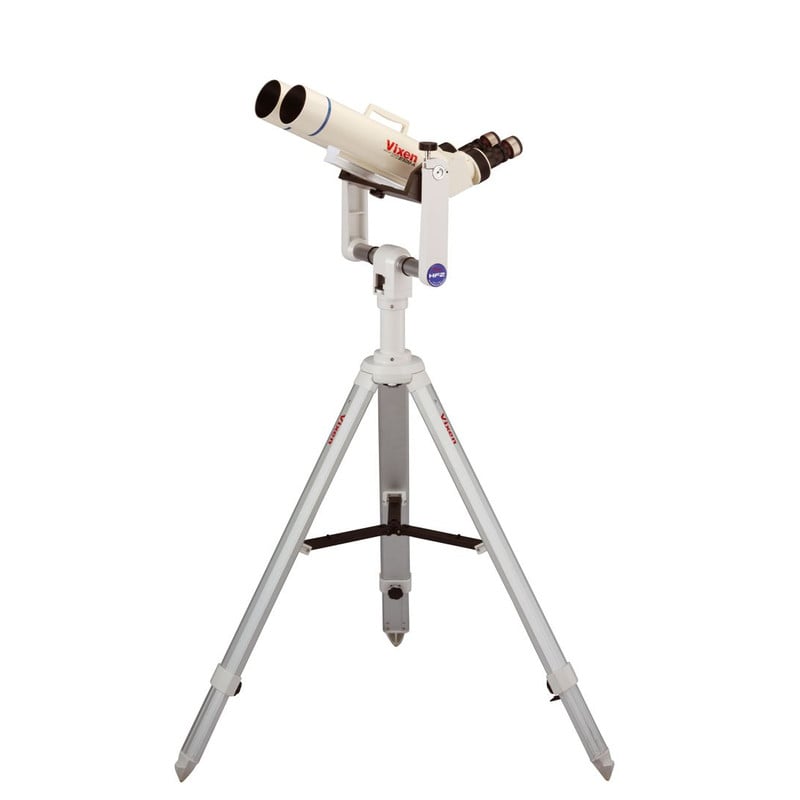
However bear in mind that the more powerful binocular models for astronomy are larger and usually require a tripod of their own. Telescopes on the other hand come with large frames, mounts and tripods and require more space to set up. Binoculars tend to be a lot smaller and most models can be held for long periods of time. Without doubt the most obvious difference is their size. So far I have outlined a few of the major distinctions between binoculars and telescopes. Differences between Binoculars and Telescopes However most astronomers get used to the inverted images over time or opt for the correction eyepiece discussed. Binoculars include prism technology which does enable the images to display the correct way up which is usually preferable. They essentially show you objects upside down/ mirror image. One other thing to consider is that unless you are using a specific image correction eyepiece, telescopes will not usually correct am inverted image. Its a bit of a trade off and the reason why pretty much all astronomers have both.

The ramifications of this are that telescopes are better suited for observing individual objects in the sky, whereas binoculars provide a more distant yet complete view of the sky at any one time.īinoculars are therefore easier to use and navigate the sky with and help you to see the various associations between objects in the sky.īut they do not enable you to see in as much depth or detail. Moreover, binoculars provide you with a wider field of view (how much of the sky you can see at any one time) opposed to the short field of view of a telescope. However, consider that binoculars are not as powerful nor provide as much magnification as a telescope. If this is the case you will do best with opting for the highest aperture you can afford.Ĭontrastingly, binoculars have two lenses which mean both of your eyes will be forming an image opposed to one. Now this may or may not be an issue depending on the telescope and your preferences but it is something to consider if you are looking to observe galaxies and distant star clusters. However generally speaking the more you magnify an object the dimmer it becomes (this is particularly true of cheaper telescopes and one ot the reasons why you would invest in a more expensive model to counteract this issue). This is the ability of the telescope to collect light.

This is why the Aperture (typically advertised in terms of inches) is so important. The central mechanism of a telescope is to collect light. Your hands will be closer to your face which means it is easier to steady them. Unless you opt for a telescope with a GoTo mount or star-finder, you’re also subject to instability if you rely on your hands and arms to move it and direct it into the sky.īinoculars offer a smaller and suitable alternative because (for the smaller models that are not too heavy to require a tripod) you can hold them tightly against your face and eyes. While there are different types of Telescopes (including Reflectors and Refractors) telescopes are typically large apparatus and require either a tripod or a stable surface. If you decide instead to opt for a pair of binoculars you need to be as equally as diligent.įor example, not all binoculars were designed with astronomical observation in mind and therefore will not be suitable nor effective. This guide will help you break down the specification and make sure you get the best you can for your budget and your individual needs and preferences. That is the reason why I created my buyers guide as I wanted to conduct extensive research ahead of my own purchase. When it comes to choosing a telescope for Viewing Planets and Galaxies, there’s actually quite a few options available to you.


Then there is the question of what do you actually want to observe? Binoculars vs Telescope for Viewing Planets and Galaxies? So do you want to take your equipment with you on the go or do you want to fix it in position and have more power at your disposal?


 0 kommentar(er)
0 kommentar(er)
